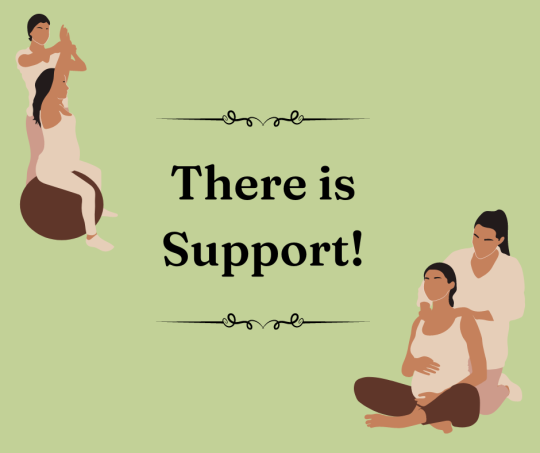The Realities of Being a Pregnant Woman of Color
In light of the recent repeal of reproductive rights throughout the United States, I can't help but wonder how this would affect the mortality rates for pregnant women of color. The high mortality rate for pregnant WOC is a persistent issue throughout the United States. As women all over are left without bodily autonomy, WOC are at an even higher risk of dying from pregnancy-related complications or in childbirth. According to data from the Centers for Disease Control and Prevention (CDC), Black and Indigenous women are two to three times more likely to die from pregnancy-related complications than white women.
As for methods to combat this on an individual level, you can vote for elected officials who prioritize accessible and equitable healthcare and work to address and remedy the root causes of systemic racism. For example, policies that expand Medicaid or increase funding for community health centers can improve access to healthcare for WOC and reduce the risk of complications during pregnancy and childbirth. Additionally, you can support community-based organizations that provide critical support and resources to pregnant women of color, such as Ancient Song Doula Services or Sister Song. Support these organizations by donating time, money, or other resources or by partnering with them to provide support and services.

There are many reasons women of color have higher mortality rates. Studies have shown that healthcare providers often hold implicit biases against people of color, which can lead to differences in the care that women of color receive during pregnancy and childbirth. For example, Black women are less likely to receive pain medication during labor than white women, even with the same levels of pain. This can lead to unnecessary suffering and, in some cases, even death. Furthermore, preeclampsia and eclampsia are placenta-related pregnancy complications and are the leading cause of death for Black pregnant women.1 These complications aren't restricted to WOC in lower income brackets or with fewer years of formal education; it affects WOC from all different walks of life.2
For example, in 2017, champion tennis player Serena Williams almost died after giving birth to her first child because of a pregnancy-related condition. Due to giving birth, Williams had to take a break from her regular medication, and because of a pre-existing medical condition, blood clots were forming in her lungs and moving toward her heart. Right after giving birth, Williams recalled losing feeling in her legs and calling for help but instead was dismissed by the medical staff. She then repeatedly asked for a CAT scan but was ignored until the last minute, and when doctors finally complied, it was confirmed she needed multiple emergency surgeries to save her life. Serena Williams had some of the best resources available and nearly died, so what does that mean for WOC without the same resources?
Situations such as these can only be fully remedied through systemic transformation. These changes include addressing racial bias in healthcare, improving access to quality healthcare for all, and addressing the root causes of chronic stress resulting from systemic racism. Hundreds of WOC dying preventable deaths per year is unacceptable.
2. https://www.nytimes.com/interactive/2023/02/12/upshot/child-maternal-mortality-rich-poor.html

Author: Natalia Farias Maldonado



